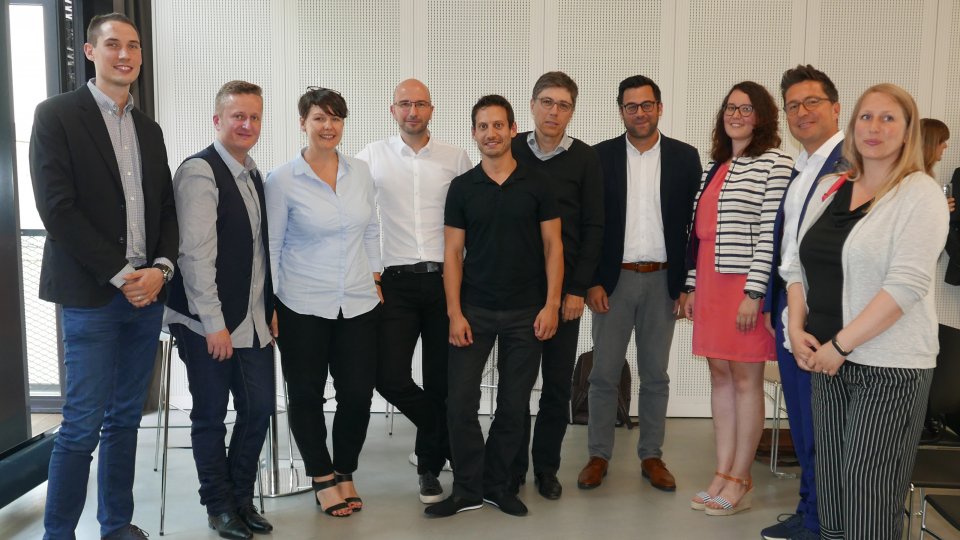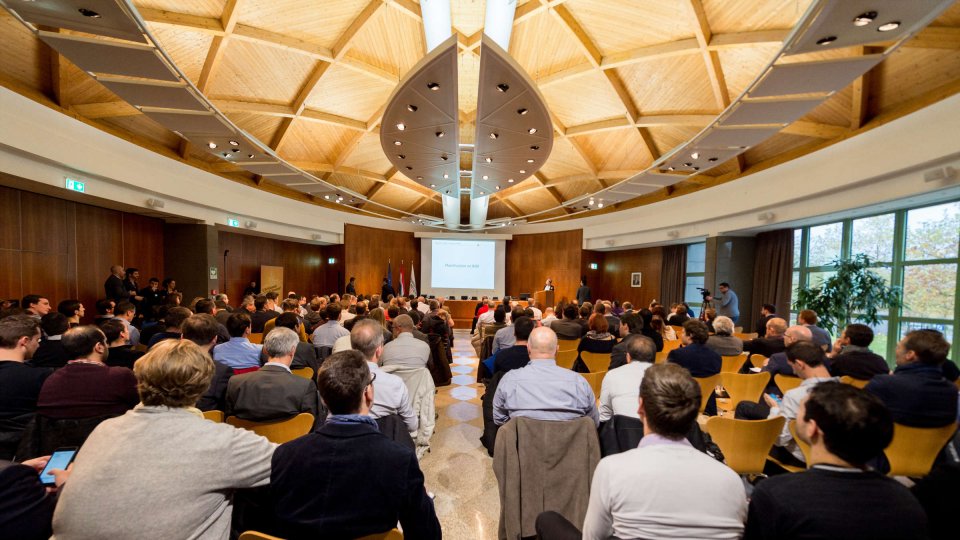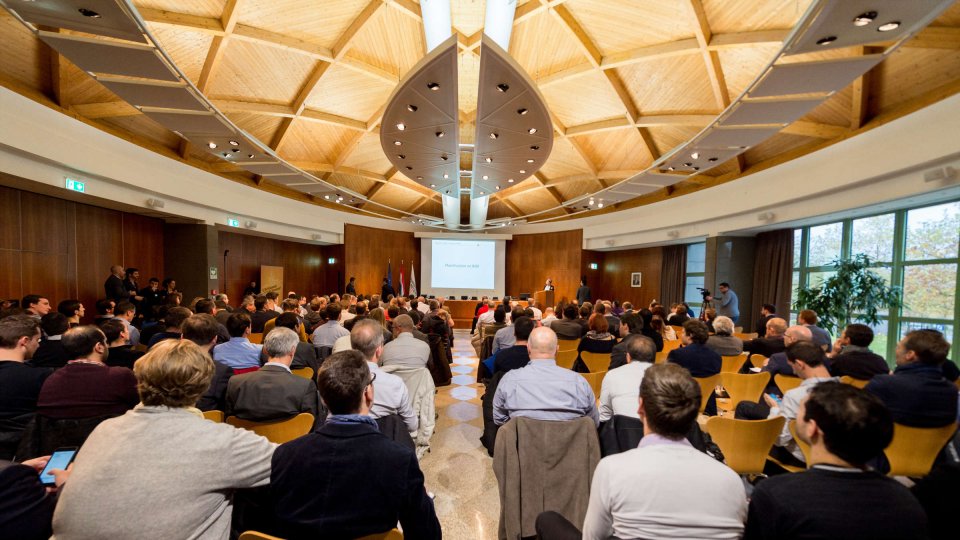Construction projects typically resemble relay races — with architects, engineers, city officials & other stakeholders entering the scene at different phases.
On paper, this passing of the baton from one expert to the next sounds reasonable. Anyone familiar with construction, however, knows that these projects rarely remain linear. Over the last decade, the sector has seen a paradigm shift embodied in Building Information Modeling (BIM).
From isolated phases to a collaborative process
BIM combines smart 3D modeling (4D if you include the element of time) and collaboration, resulting in projects that are constructed at the digital level first using input from all involved. This new approach recognizes that construction projects are not a chain but a web in which each detail affects another. By bringing all stakeholders to the table from the very beginning, construction projects can be done more efficiently and affordably. With the ability to define the smallest details — from screw sizes to lightbulb brands — BIM removes the risk of surprises later down the line. Any necessary changes can be made with a couple clicks, instead of a couple weeks and a couple thousand euros.
Construction joins the digital race
BIM is not a software or proprietary concept that is owned by anyone. You will find it successfully applied in the UK, Scandinavia and in the final stages of rollout in Germany and France. As-built documentation is a byproduct of BIM wherein building owners receive a comprehensive record of their property: materials, technical equipment and companies involved. This improved transparency and reporting makes it easier for owners to safely maintain and manage their buildings. Further down the road, BIM will be the channel that enables material banks: a new concept that tracks the materials used in a structure or district. Eventually, such banks could inform a circular economy.







